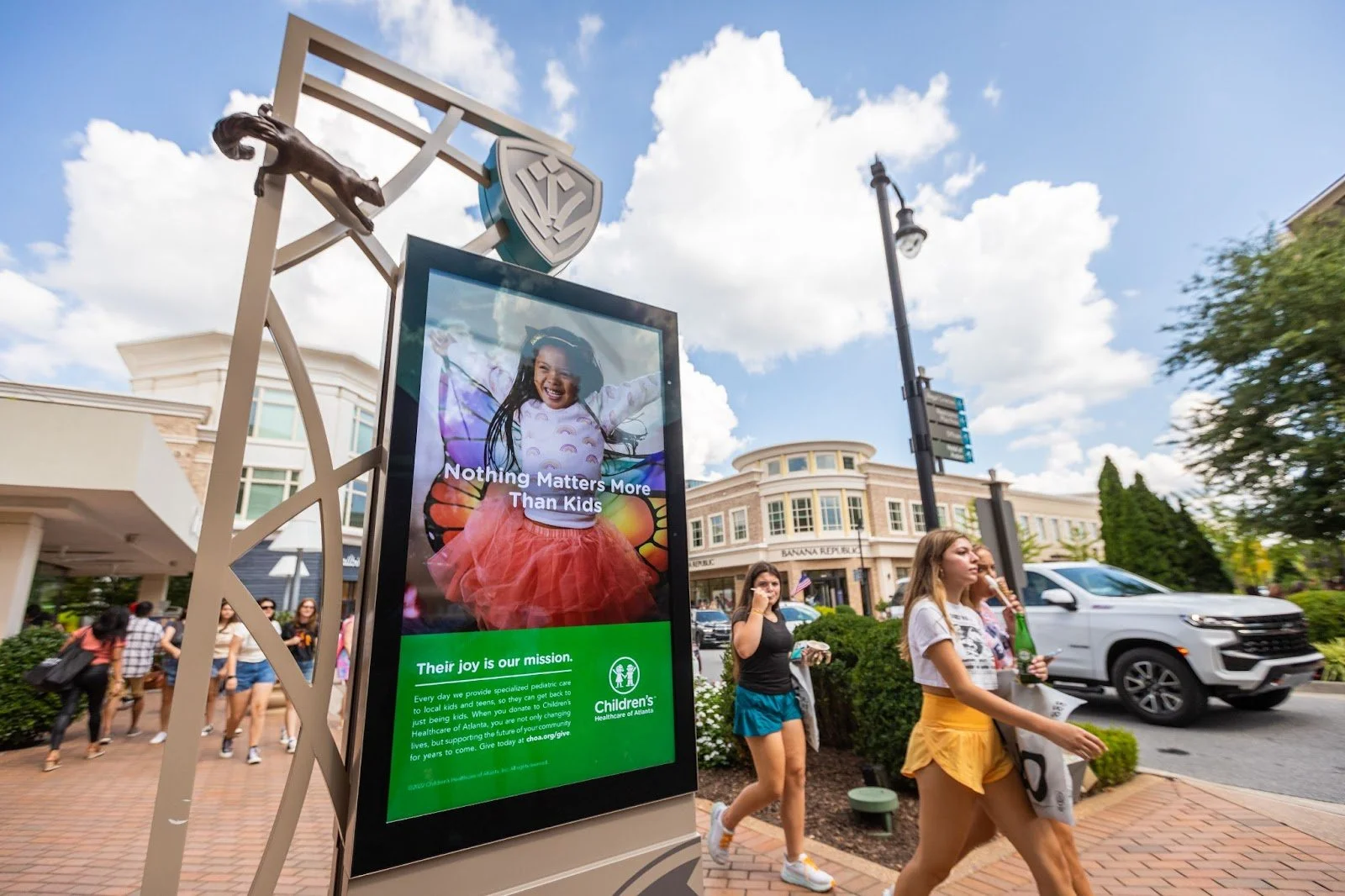How Mixed Use are Utilizing Digital Wayfinding to Create Smarter Cities
In the dynamic realm of urban development, mixed-use developments are becoming increasingly popular in cities for several reasons, reflecting both societal trends and urban planning philosophies. Mixed-use properties stand out as vibrant hubs of activity, blending residential, commercial, and recreational spaces into cohesive communities. Mixed use developments promote sustainable living by reducing the need for car travel, thereby lowering traffic congestion and emissions.
With walking serving as the primary way of travel, providing a seamless experience that includes interactive mapping and wayfinding is key to a successful mixed use development. As these developments grow in popularity, the need for efficient navigation becomes increasingly crucial. Enter digital wayfinding kiosks – a game-changing solution that not only enhances the city experience but also drives the success of mixed-use developments in smart cities.
Enhancing Cities with the Mixed-Use Experience
Mixed-use properties are showing up everywhere in cities as the main focal point of interaction and meeting. These are vibrant hubs that come with convenience and accessibility. They encompass everything from shopping and dining to working and living. Cities and developers have implemented mixed-use properties to create a more social and interactive neighborhood for people to be all hours of the day without ever leaving. This leads to a more vibrant local economy with more job opportunities and economic activity all day and night.
To serve the constant flow of things to do, RoveiQ’s interactive kiosks serve as personal urban assistants within these diverse environments by offering real-time directions, event listings, and tailored promotions. Given the complexity of these spaces, navigating them can pose a challenge for visitors unfamiliar with the layout. Digital wayfinding products address this challenge by offering intuitive navigation tools that effortlessly guide users through the diverse components of mixed-use developments.
Integrating Retail, Dining, and Entertainment into Digital Mapping
One of the key benefits of digital wayfinding kiosks in mixed-use properties is its ability to make a complex property map very simple to understand with seamless integration of floors and great detail and design of the area. Imagine browsing through a digital map that not only highlights the location of shops and restaurants but also showcases amenities, current promotions and upcoming events.
By bridging the gap between digital navigation and real-world experiences, interactive wayfinding transforms casual browsing into meaningful interactions. This great experience results in repeat visitors and boosting sales for local businesses within the area.
Streamlining Access to Amenities
Mixed-use developments often boast an array of amenities, including fitness centers, parks, pickleball courts, and community spaces. Digital wayfinding extends its reach beyond commercial areas to provide navigation assistance for these amenities as well. Whether you're looking for the nearest park for a morning jog or seeking out the community center for a yoga class, digital wayfinding ensures that every corner of the mixed-use development is easily accessible to residents and visitors alike.
Seamless Integration of Digital Advertising
Digital wayfinding systems seamlessly integrate advertising into the navigation experience, resulting in additional revenue. Advertisements blend seamlessly with navigation content enhancing the user experience. By leveraging data insights to target advertisements effectively, mixed-use properties can maximize advertising revenue while providing users with valuable information and promotions tailored to their interests.
Leveraging Data for Optimization
Behind the scenes, digital kiosks gather valuable data on user preferences, traffic patterns, and engagement levels. This data-driven approach enables management, leasing, and marketing teams to optimize the layout and offerings of mixed-use developments to better meet the needs of their communities. By analyzing user behavior and feedback, cities can fine-tune navigation pathways, enhance signage, and curate events and promotions tailored to the interests of their audience.
Embracing Innovation for Future Success
As mixed-use properties continue to proliferate and create smarter cities, the role of digital wayfinding in enhancing the user experience cannot be overstated. By leveraging digital kiosks, mixed-use developments can create vibrant, cohesive communities where residents and visitors alike can navigate with ease and discover new experiences around every corner. In embracing innovation and technology, mixed-use properties pave the way for the future of urban living, where connectivity, convenience, and community converge seamlessly.
To learn more, see examples of successful mixed use experiences: North Hills and Atlantic Station. Interested in digital kiosks for your city or mixed use? Contact RoveIQ for assistance.







